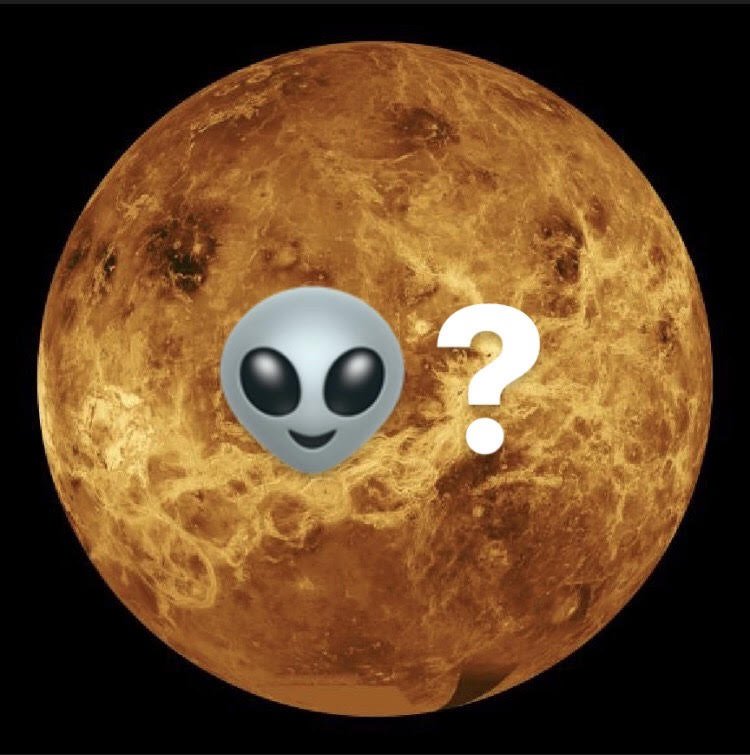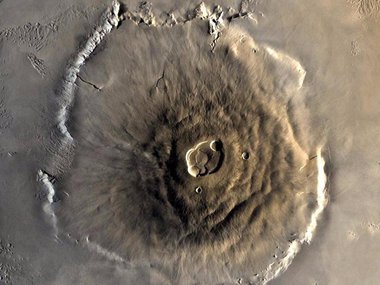Question Your World: Is There Life on Venus?
There’s been a lot of interest in the hot planet next door lately. Venus has been getting attention from the scientific community for a new report that hints at the potential of life on the cloudy planet. There are a ton of factors to dig through here, but it’s definitely a very interesting story and could lead to some pretty remarkable new discoveries in the world of science. Is there life on Venus?
Is there any life out there? That question has plagued curious thinkers for centuries. Now a recently announced discovery is allowing scientists to ponder if life could potentially exist on our cosmic neighbor, Venus. Using two telescopes here on Earth, researchers were able to identify very faint traces of phosphine gas in the temperate mid-altitude clouds of Venus.
Okay, there’s a lot to unpack here. First of all, what is phosphine? Basically phosphine gas is a combination of phosphorus and hydrogen that humans manufacture for things like fumigation and chemical weapons … not very safe for most living things! However, there are other lifeforms that make phosphine on Earth: anaerobic bacteria, super tiny extremophile life forms that don’t rely on oxygen for survival. Scientists haven't determined which bacteria are to blame here, but they live in places like landfills, marshlands and even in some animals' guts.
Okay, so life can exist in extreme conditions, but … in the clouds? Really?
It's hard to imagine life on the surface of Venus, but at an altitude of about 30 miles, the cloud deck offers more moderate temperatures and pressures. Keep in mind, despite being highly acidic, those clouds do contain the chemical elements vital to life, they get plenty of sunshine and they even have a little bit of water, all the ingredients of life as we know it!

On Earth, scientists have tested and observed microbial life able to live many miles above the surface, but above our heads clouds appear and disappear all the time. Our clouds don’t provide a stable environment for those microbes to really develop for any substantial period of time. Venus’ atmosphere filled with acidic clouds long ago, and the forecast calls for much more of the same, perhaps creating a stable environment that allowed life to adapt.
Now, this does not mean there is definitely life on Venus. The phosphine gas was identified with the chemical equivalent to a partial fingerprint and scientists hope to confirm its existence with future research. Here’s another way to think about it: consider holding one blue puzzle piece. Does it fit into the sky or the water? Or someone's shirt? One puzzle piece is simply not enough to get the full picture, but it's at least the start.
As of now, we don't know of any non-biological processes that could produce phosphine on a planet like Venus, so maybe there's a new chemical or geological process waiting to be found. So, either way, this an exciting discovery for science. There’s either the faint possibility of life existing in the clouds of Venus or there’s a natural phenomena happening that we have literally no information on … YET!
New research, new questions and new scientific processes will help us better understand the phosphine mystery happening next door. Alien bacteria or unknown natural phenomena … stay tuned as science continues to do its thing here. There are already a few Venus bound spacecraft in the works around the globe, but now this discovery is giving astronomers worldwide a little more reason to keep their heads in the clouds.
The Museum is hard at work helping you to discover your world despite dramatically reduced financial resources. If you'd like to help us continue this work, click here to learn how.

